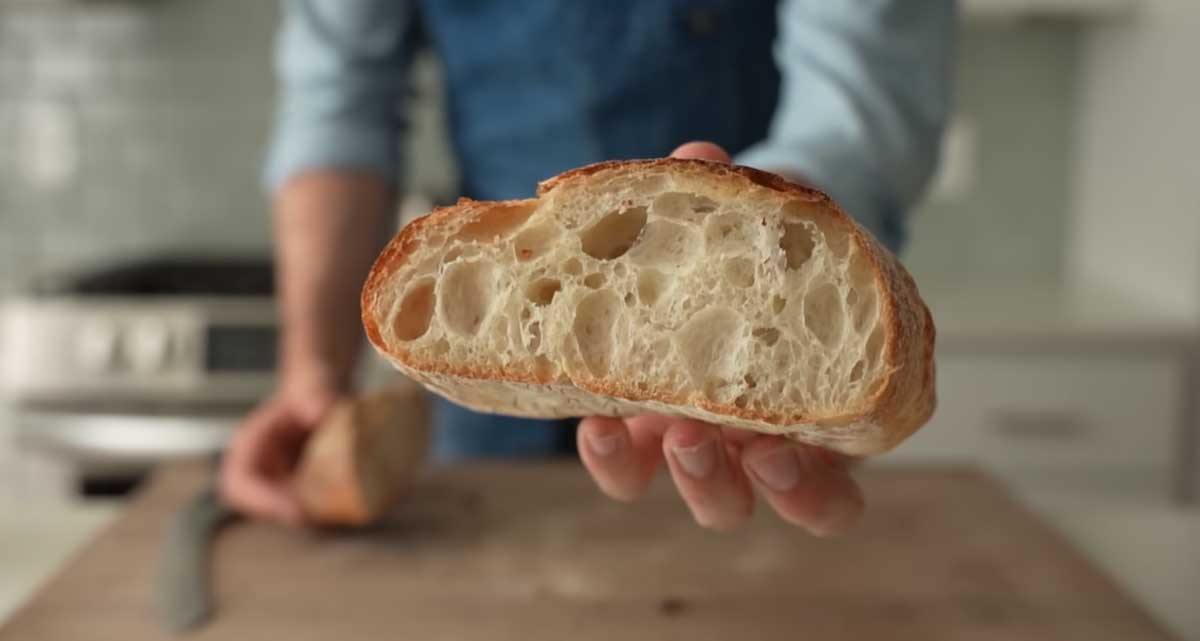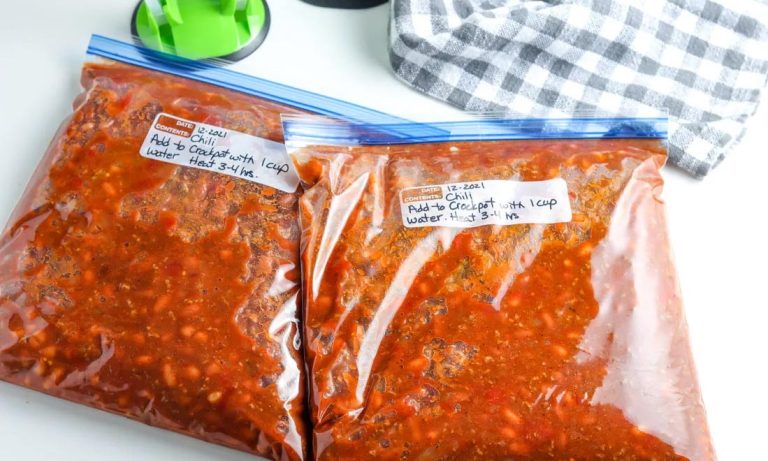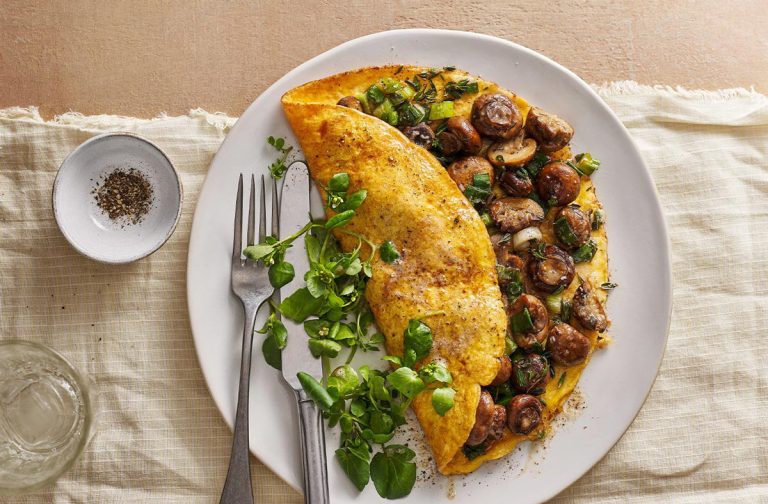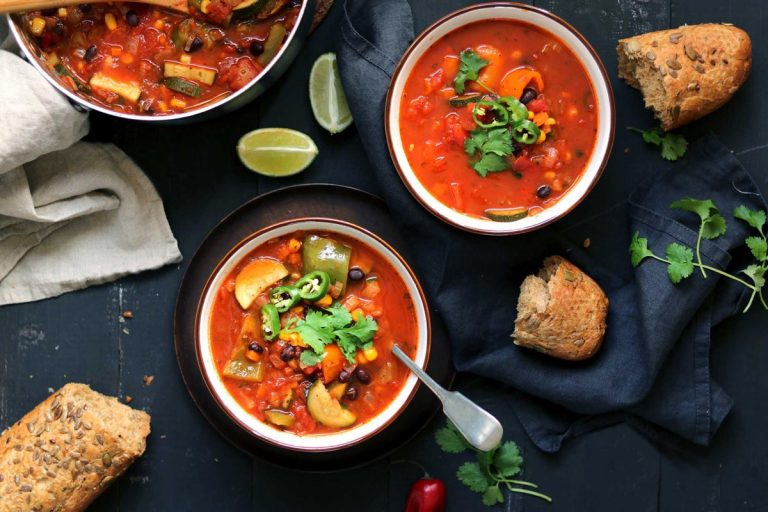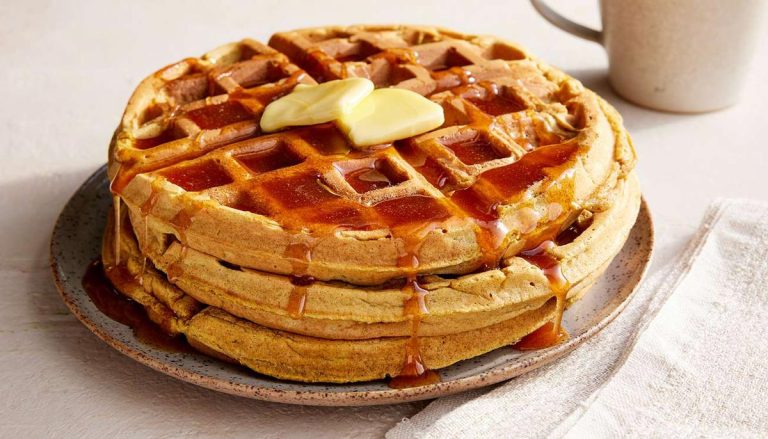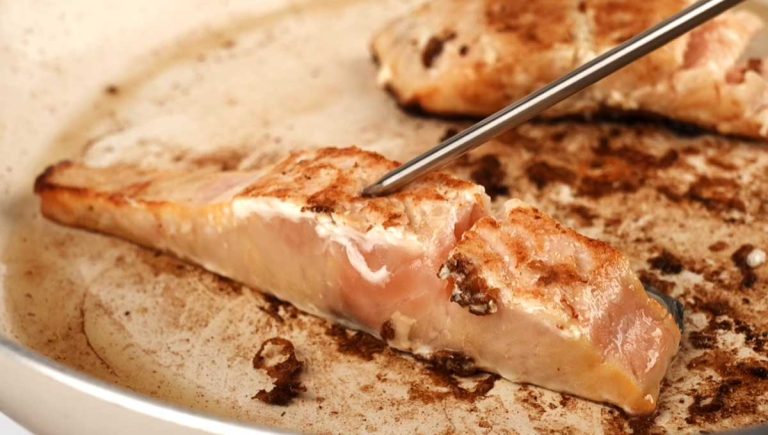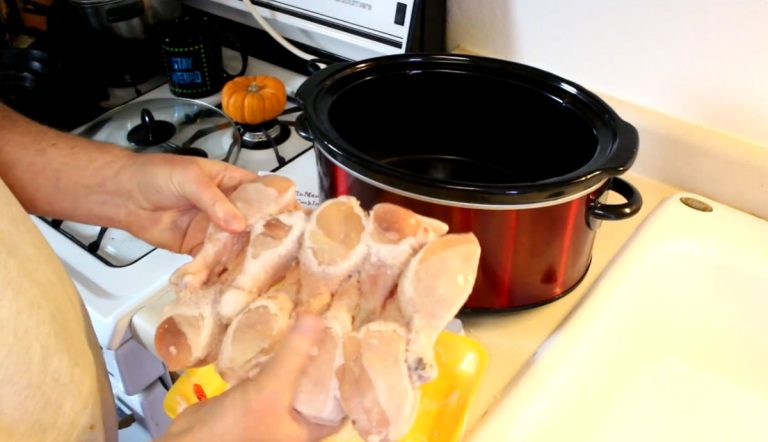How to Get a Good Crust on Bread?
Getting a good crust on bread brings smiles to our faces, and it feels great to bake a perfect one. I know, it is very frustrating for new bakers to get a good crust, but practicing every day can help you to achieve it. A good crust doesn’t necessarily mean it has to be crispy, a good crust can also be soft.
To make a perfectly good crust, steaming water is a required process to slow down the crust formation while making the dough rise in the oven at a high temperature. In this article, I will provide you with various methods to obtain a good crust on bread based on your convenience.
How to Get a Good Crust on Bread? 2 Methods
Here I have given you some simple methods for getting a good crust on bread. If you go through the processes very carefully, you can able to achieve a good crust on your bread in no time like a professional baker.

Method 1: Steaming Water in a Cast Iron Baking Pan
Our first method involves using a cast iron baking pan to steam water in the oven. To begin with, it is important to ensure you shape the dough carefully. You aim to develop a smooth and even surface on top of the dough. Once you have achieved that, preheat the oven and the cast iron baking pan to a temperature of 428°-464° (220°-240°C) for about two minutes.
Keep the baking pan in the bottom rack of the oven, and then pour hot water in it while putting the dough in the oven on a baking sheet/stone. Close the door of the oven and bake the dough at a high temperature of 428°-464° (220°-240°C) for about 15 minutes, and then bake it for the second time by keeping the temperature lower to 302°F (150°C) for 15-20 minutes until the surface of the bread becomes golden brown color.
Once it has been baked beautifully, it is time for the bread to cool down. Start by removing the bread from the baking sheet/stone, and place it in the oven for 40-50 minutes by turning it off. Let the oven door slightly open for the best outcome. This last process will help you to achieve more crispiness by keeping it at a warm temperature for the moisture inside to dry out quickly.
Method 2: Using Dutch Oven to Bake Bread
Another method that you can go with by using a Dutch oven to achieve a perfectly good crust on your bread if you have it in your kitchen. A Dutch oven is a heavy pot used in the oven or stovetop for boiling vegetables or meat, but you can also use it for baking bread.
Start by placing a Dutch oven inside the oven and preheat it based on your desired recipe. When it is preheated, grab your dough, put it inside the Dutch oven on parchment paper to prevent sticking, and cover the lid that comes with a Dutch oven.
Now, bake the dough in the Dutch oven at 450°F (232°C) for 35 minutes for the initial baking. Then, simply take the lid off using a potholder, and then bake for another 10-15 minutes until it becomes golden brown. After that, slowly remove the freshly baked dough from the Dutch oven and let it cool for 5-10 minutes.
Frequently Asked Questions
What Flour Makes the Best Crust for Bread?
I would recommend you use bread flour to achieve the best crust for bread as it has a high amount of protein content that can help to hold the bread’s texture, making it more robust and chewy. On the other hand, you can also go with the all-purpose flour if you don’t have bread flour.
Does Adding Sugar/Fat Affect the Crust?
Yes, adding sugar or fat can affect the crust if you add too many of them. For example, if you add too much sugar to the crust without following the proper process, it can burn down the crust or may look more browning during the caramelization process.
Alternatively, adding fat such as butter or oil can help to develop more gluten, which can make the texture of the bread more soft.
Why Steam Is Important for Bread Crust?
Steam is important for bread crusts because it keeps the surface of the dough moist during the initial stage of baking. So, this moisture in the dough allows the dough to rise fully before the crust forms.
How Can I Prevent My Bread Crust From Becoming Too Thick or Tough?
Based on my experiment, you have to avoid over-kneading the dough to prevent your bread from becoming thick or tough. Also, make sure you are following the recipe instructions very carefully when baking the bread at a high temperature because improper baking can lead to a thick crust.
Can I Adjust the Crust Thickness Based on My Preference?
Yes, you can adjust the crust thickness based on your preference. If you want your crust to be thick, bake it at a lower temperature for a longer duration, or if you want a thinner crust, bake at a high temperature for a shorter duration.
Conclusion
In conclusion, getting a good crust on bread requires a perfect combination of dough, baking temperature, and moisture levels. By experimenting with these things, you can make a delicious crispy crust for your bread.
Just remember, achieving a perfect result requires a bit of practice, and with practice, you can master the art of baking bread adequately like a professional baker does and can enjoy the satisfaction of a beautifully crusty loaf.

